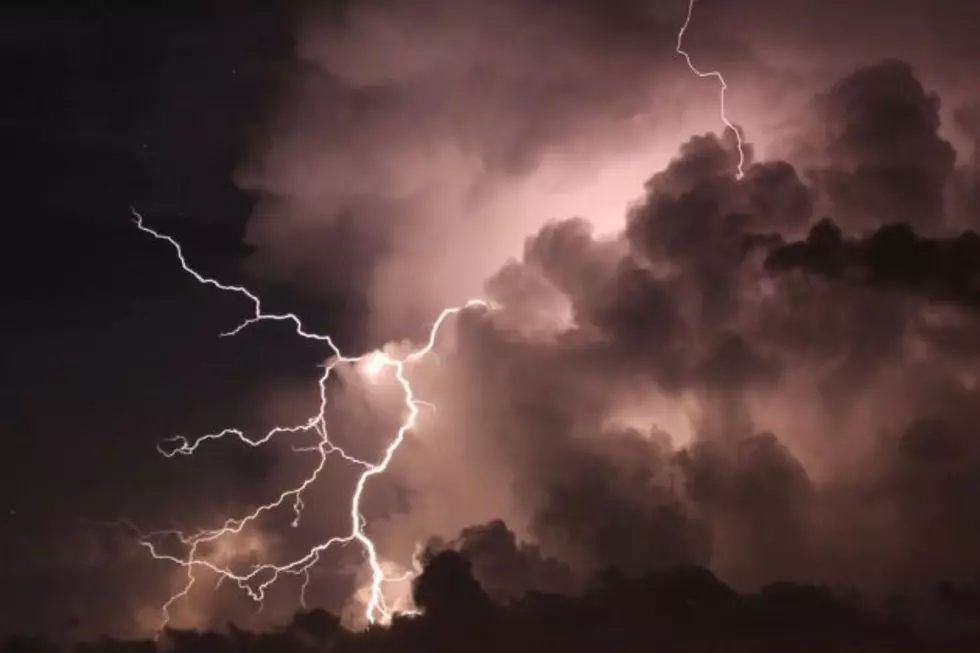
Why Does the Moon Change Colors? The Answer is Out of This World.
This morning, the moon gleamed a vibrant yellow in the sky over my hometown of Cheyenne, Wyoming. Around midnight last night, it was a gleaming pearly white. As I began my morning commute, I couldn't help but wonder...why does the moon change colors?
Lunar Rainbow: Why the Moon Changes Colors.
There are nights when the moon looms deep orange like a jack-o-lantern in the sky. Other times, it may glow a soft blue or purple. How does the moon's appearance change? It's not as if there's a legion of artists living on the craters, painting the moon's surface to shake things up occasionally.
No, the moon doesn't actually change colors. But it certainly looks like it does. Why? The answer is (literally) out of this world.
Once in a Blue-Yellow-Orange-Purple Moon
The moon's natural color is the off-white, grayish-brown color we're used to seeing on sci-fi shows. However, the moon will often appear in other colors as its light streams through "stratified and irregular gas layers of Earth's atmospheric blanket," explains National Geographic. "Tiny air molecules in the layers scatter light that hits them, and their structure causes blue light to scatter more readily than red or orange."
Because of this phenomenon, the moon's color will be different and more intense depending on where it rests in the sky. When the moon lies on the horizon, the color will be most intense, usually red or orange. When there's more blue light, as during the early morning hours, we're more likely to see purple and blue-tinged moons. Learn more about where different colors of the moon come from here:
Lunar Rainbow: Why the Moon Changes Colors, Explained
Gallery Credit: Phylicia Peterson, Townsquare Media Laramie/Cheyenne





